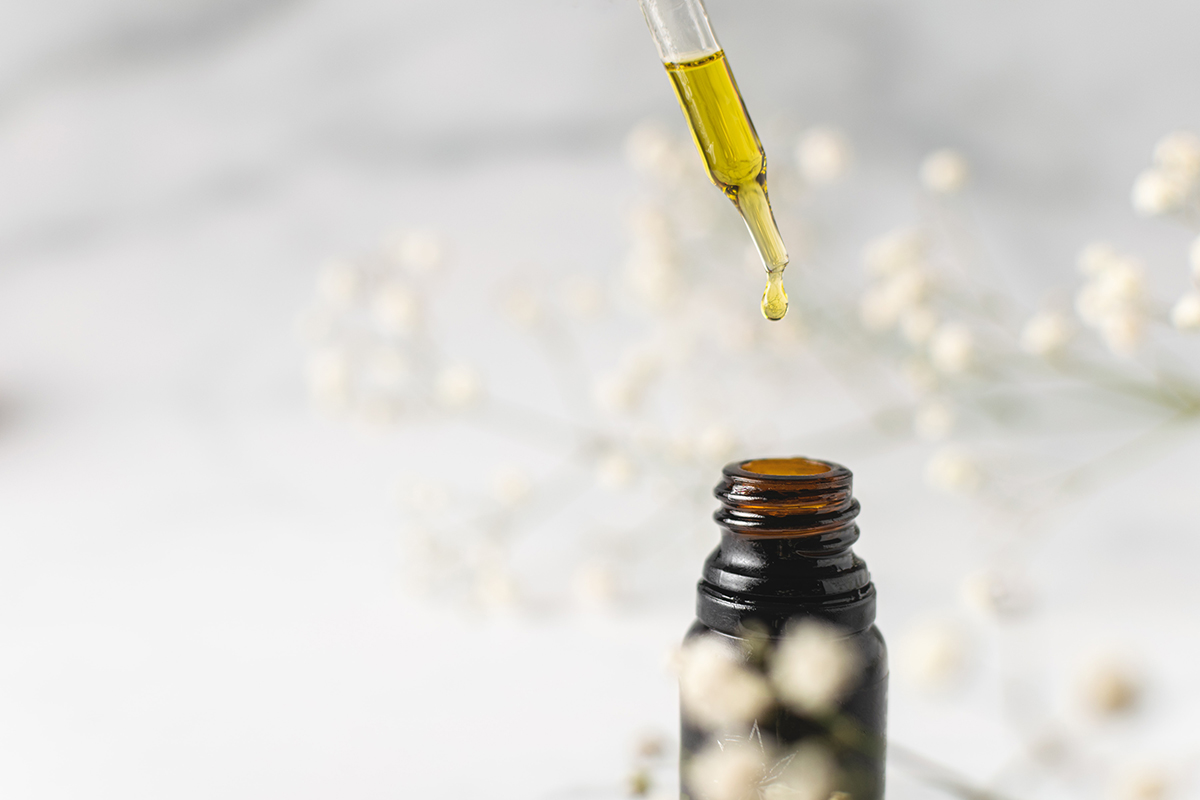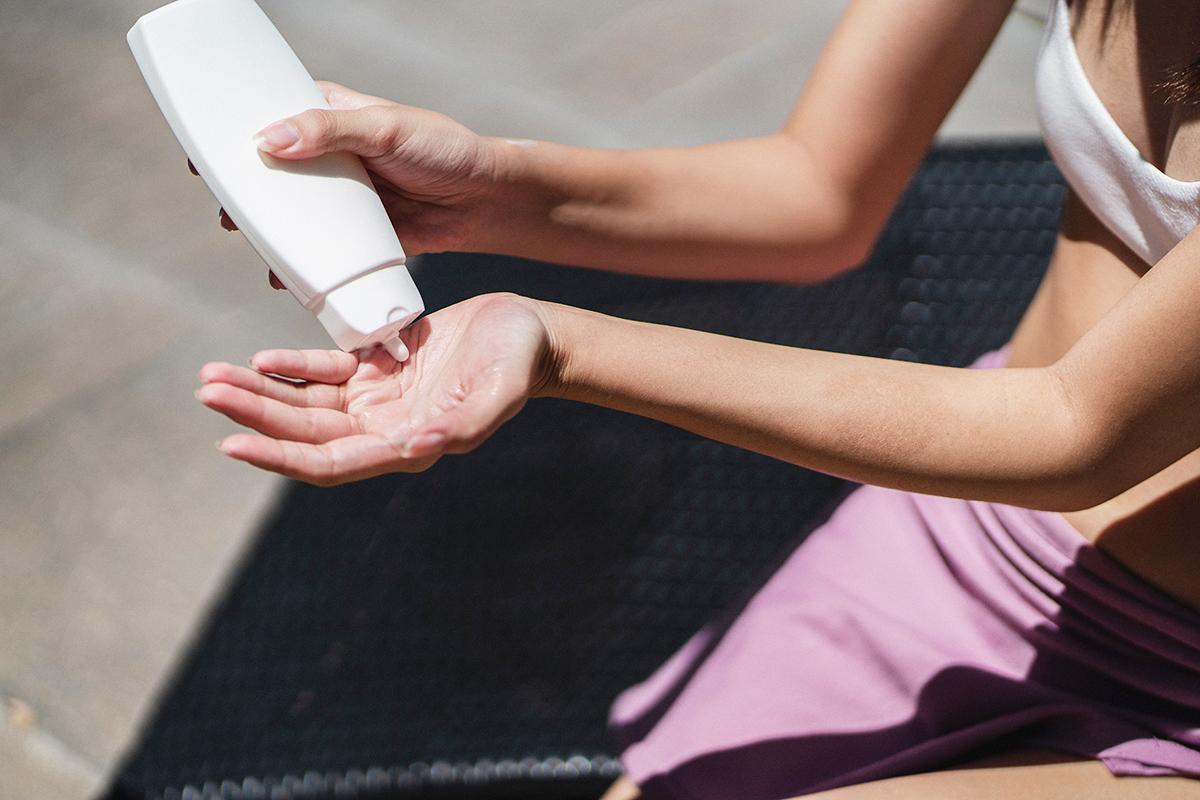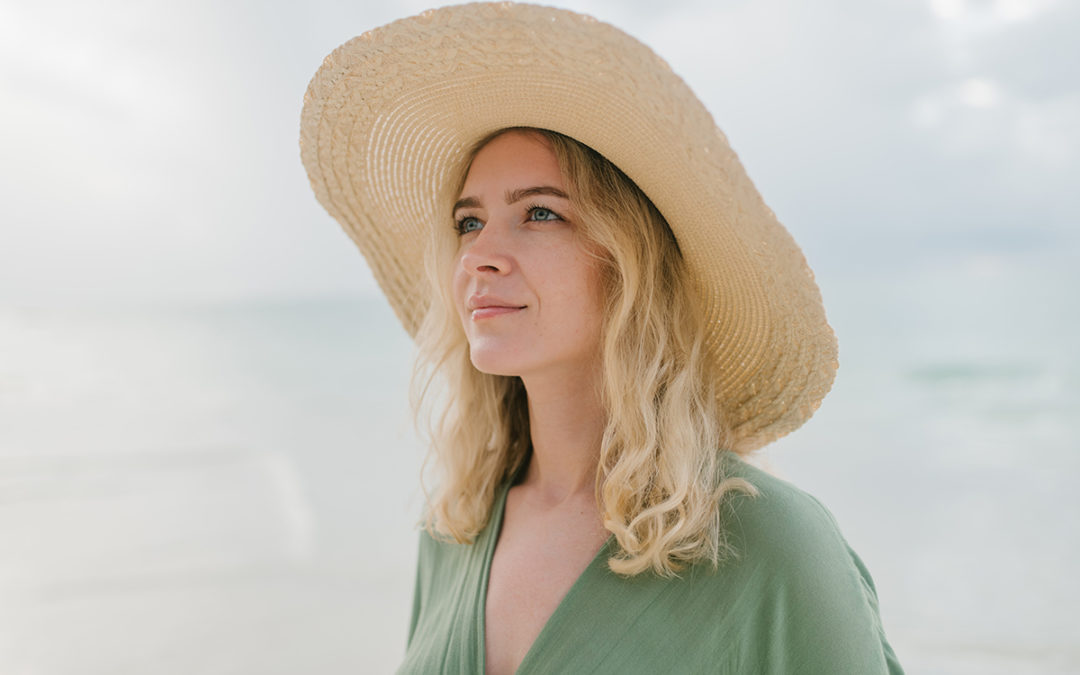I’m writing this blog on the first day of summer—the summer solstice, when the sun shines down on us for more minutes than on any other day of the year. That got me thinking about summer skincare, and what I’d like to focus on this week is summer skin—specifically, all the ways you can treat and protect your skin from biting insects and the sun naturally rather than chemically. Nontoxic insect and sun protection takes a little more thought and planning than just grabbing any old product off the shelf, but why would you want to use just any old product on your one precious body and your beautiful but permeable skin?
Insect Repellant
Did you know that mosquitos kill more people than any other creature on this planet? It’s not an exaggeration to call them the world’s most deadly animal (which the CDC has called them).With the startling rise of mosquito- and tick-borne diseases in humans, from West Nile virus to Lyme disease, repelling bugs has become a summer necessity. However, warding off those persistent critters is no easy task. Insects can be hard to repel because their survival depends on finding hosts. I remember the days when we all thought dabbing a bit of vanilla on our pulse points would keep the mosquitos away, but is that really enough?
The problem is that the really effective repellants contain poisonous chemicals. When you spray them on your skin, some of that poison gets into your system. This may seem like a lesser evil than getting encephalitis from West Nile, but wouldn’t it be nice if there were repellants that really worked but were less dangerous to people?
Fortunately, there are nontoxic bug sprays and lotions, as well as oils you can use directly on your skin. One of the amazing things about plants is that they, too, have to protect themselves against bugs, so they have repellants of their own that can work for us, too, at a less toxic cost. Plants contain many different kinds of phytochemicals, some of which are great for human health (like antioxidant polyphenols), and many of which are offensive to bugs. According to a 2011 study in Malaria Journal, the plant compounds most effective against insects are alkaloids, terpenoids, phenolics, proteinase inhibitors, and growth regulators. Plants have evolved to release volatile compounds in response to injury, such as an insect chewing on their leaves, that insects don’t like—they respond to these compounds the same way they respond to the toxic synthetic chemical DEET. These compounds include citronella, eucalyptol, and linalool.

Knowing this, we can look for botanical ingredients in natural insect repellant products that we know repel insects. These are the ingredients to look for, according to the Malaria Journal study:
- Lemon eucalyptus essential oil contains 85% citronellal, although it only works for about an hour, so should be frequently reapplied. It has shown no risk to human health.
- Citronella essential oil is a common ingredient in natural repellants. It lasts for about 2 hours, but if you mix it with vanillin (5% strength), it lasts much longer. It turns out that vanilla really does have some effect! Citronella candles and torches can also repel mosquitoes, but only reduce bites by about 50%, so while they help, it’s a good idea to have personal repellant on yourself, too.
- Neem oil is often used in gardens and lawns to kill insects, but it’ not officially approved by the EPA as a mosquito repellant and although it’s not toxic to humans, it can cause skin irritation, especially if you use it without diluting it with something else, like a carrier oil. It does appear to help reduce bites, although it shouldn’t be the only protection in areas with serious mosquito-borne diseases like malaria and Zika virus.
- Other essential oils that show promise as repellant ingredients include thyme oil, geraniol, peppermint oil, cedar oil, patchouli, and clove oil.
These oils are all volatile, meaning they dissipate quickly, which is why their protection doesn’t last very long, but science continues to work on ways to micronize or mix oils to increase their longevity.
What About Ticks?
The best protection against ticks isn’t chemical at all. It is to wear long pants and a hat when in a wooded area, and then to check your skin carefully when you get home. Check everywhere, just in case, especially anywhere you have hair, as this makes ticks harder to see.
Another challenge is that ticks infected with Lyme disease tend to be in the nymph stage, so they are extremely small—they can be the size of a poppyseed, so keep checking yourself for a few days after your walk in the woods. Ticks that have been feeding swell up and may be easier to see. If you find a tick, use a tick tweezers to pluck it out and drop it in a small jar of alcohol, then dispose of it.
Do this as soon as you can to greatly reduce your risk of Lyme disease. While the standard advice is that Lyme disease requires that a tick be attached for 1-1/2 to 2 days before it can transmit the disease, there are some cases where this happens sooner. If you get a fever, muscle or joint pain, swollen lymph nodes, or extreme fatigue and you have been in an area with ticks (which these days is nearly everywhere), see your doctor right away. The sooner Lyme disease is treated, the easier it is to cure.

Nontoxic Sun Protection and Sunburn Relief
I’ve written about this before, so you may already know that many conventional sunscreens contain toxic chemicals that can get into your bloodstream when you apply them on your skin. They are also known to damage the environment, including coral reefs, when people wearing these products swim in the ocean.
To protect yourself as well as the environment, I highly recommend sunscreens without toxic chemicals. The worst is oxybenzone, which is a hormone disruptor because it mimics estrogen. Other offenders include avobenzone, octinoxate/octyl methoxycinnamate, homosalate, octisalate, octocrylene, avobenzone, formaldehyde, cylcopentasiloxane/cyclomethicone…shall I go on? I think you get the idea: If it sounds like a chemical, it’s a chemical.
Instead, sunscreens made from minerals (namely zinc oxide and titanium dioxide) are much safer and just as effective. The Environmental Working Group goes even further, suggesting that avoiding the peak sun hours, using physical sun protection like clothing and hats, and staying in the shade are better strategies, and that any sunscreen should be a last resort.
Also note that the sun triggers vitamin D production, and since most people are deficient, 10 to 20 minutes in the sun without sunscreen is great for triggering the production of the sunshine vitamin. It’s not helpful to burn, though, and sunburns can have long-term consequences, like melanoma.
I will add to this advice: Vegetables and fruits that contain the powerful antioxidant compound lycopene appear to make skin more sunburn-resistant. Lycopene makes foods red, and the best sources are tomatoes (especially tomato paste, probably because the lycopene is concentrated), red peppers, red or pink grapefruit, and watermelon, so load up on the red vegetables this summer. They may also protect against skin cancer.
As for post-sun exposure, the gel from the aloe vera plant is still the best relief from a sunburn. You may have read that apple cider vinegar can relief pain and inflammation from a sunburn, but dermatologists say that it can actually make the problem worse and can even cause chemical burns on its own.
Please care for your skin this summer–I hope you will prioritize nurturing and nourishing your skin and keeping toxins off your body over getting a tan. Tans fade, but the damage you can do to your skin could last for years and cause problems later, from premature aging to overburdening your liver to skin cancer. However, I would never recommend staying inside. Nature therapy is powerful, the sun in moderation is good for you, and the fear of insect bites shouldn’t keep you from all those wonderful benefits. Instead, keep your skin protected with natural botanicals, and get out there!


